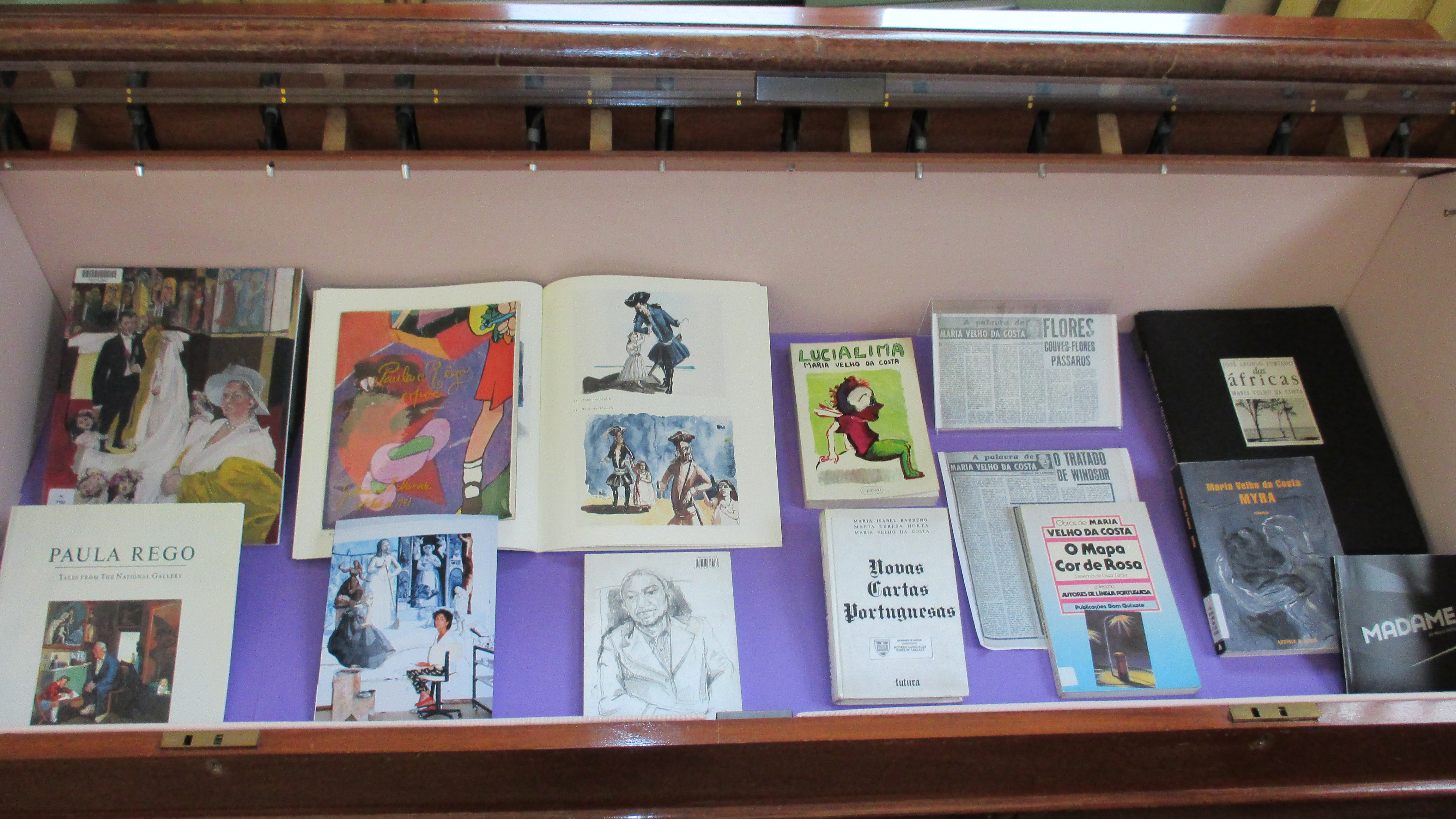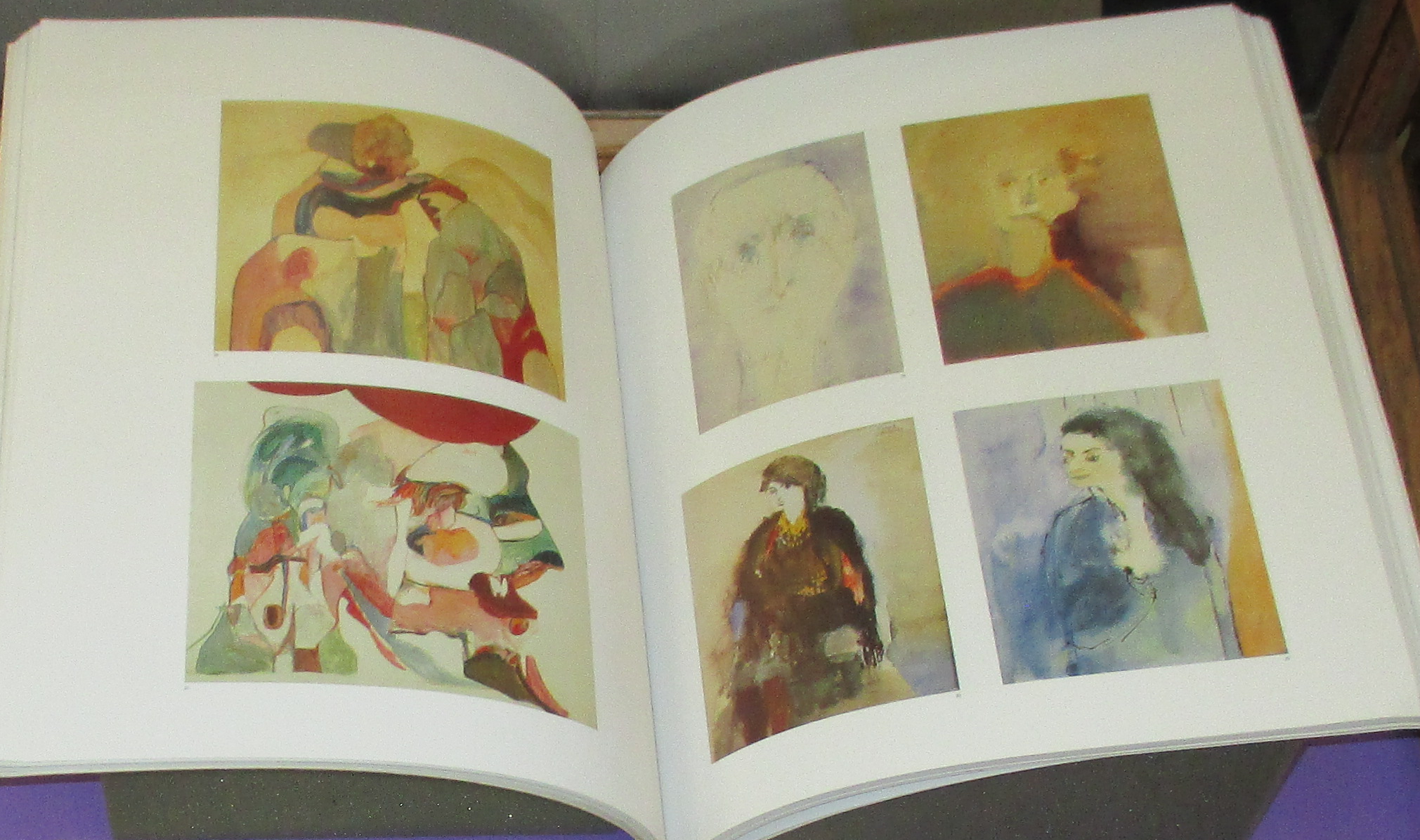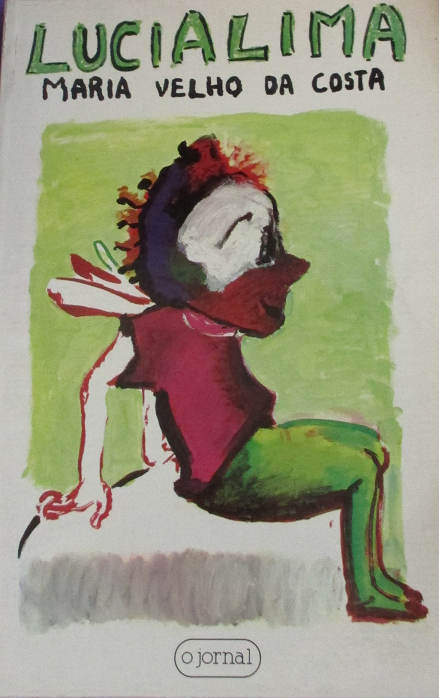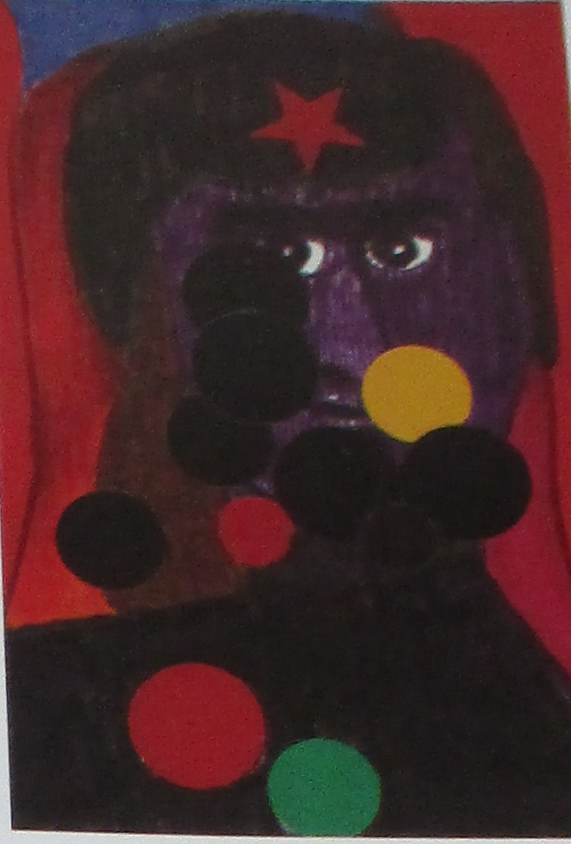An enfant terrible of Portuguese Letters, irreverent iconoclast, and, above all, lover of freedom (in all the different hues that the word entails), Mário Cesariny’s life is inseparable from his work as poet, artist, critic and scholar; his legacy is thus that of an ‘absolute poet’ (as opportunely labelled by Perfecto Cuadrado), who deeply influenced a younger generation of artists and writers, admirers of his avant-garde work and his determination to live according to his own rules (or should we say, lack of them).
Born Mário Cesariny de Vasconcelos in 1923, in Lisbon, to a well-off family, Cesariny very early displayed a rebellious spirit and a hunger for exploring different creative avenues. The petty, grey and oppressive existence of life under the Estado Novo (as the Portuguese dictatorial regime came to be known) was too small and stifling for the young Cesariny, who left for Paris in 1947, where he met the father of surrealism André Breton. Upon his return to Portugal, he helped to establish the Grupo Surrrealista de Lisboa, along with others who were part of the informal groups that, in the Lisbon cafés of the 1940s, dreamt of a new country as much as about novel forms of art and creativity. Always averse to labels and rules, Cesariny later abandoned the group, but never stopped believing in and living by the principles of the surrealist movement, which release humankind from rational, aesthetic and moral judgements. During this period, he created a dissident movement called Os Surrealistas and dedicated himself to art and poetry, introducing new techniques into his art works, such as surrealist collages and automatism, as well as publishing his most famous collections of poetry – Corpo Visível (1950), Manual de Prestidigitação (1956), Pena Capital (1957) and Nobilíssima Visão (1959). His nonconformist lifestyle and not-so-secret homosexuality brought him several times face to face with agents of the PIDE (the International and State Defence Police), encounters that he would later recall with derision and caustic humour. It was also in this period that he regularly visited London and even managed to get one of his poems translated and published in the literary journal Agenda (in 1968).

Poem by Mário Cesariny, translated by Luís Amorim de Sousa and Michael Hambuger and published in the literary journal Agenda, vol. 6, n.3-4, 1968.
While in London, Cesariny was an observer of London life and worked on his poetry and art whilst staying with other Portuguese artists and writers who had taken refuge in the British capital from political persecution and oppression at home (Paula Rego, Alberto de Lacerda, Luís Amorim de Sousa and Helder Macedo, to mention just a few). Those days would eventually be recorded in the collection Poemas de Londres, where Cesariny, who prayed constantly at the altar of freedom, ponders on the birds of London and witnesses the journey of a pigeon crossing Piccadilly Circus.

Mário Cesariny, 19 Projectos de Prémio Aldonso Ortigão Seguidos de Poemas de Londres. Lisbon: Quadrante, 1967.
Like many other artists of his generation, Cesariny exuberantly celebrated the Carnation Revolution of 1974 that put an end to 48 years of dictatorship, and participated in a plethora of events, one example of which is on display in this exhibition. After this pivotal experience, Cesariny focused mostly on his visual work (“Poetry was a big fire that burnt out. It’s over,” we hear him saying in Autobiografia, the 2004 documentary by Miguel Gonçalves Mendes on Cesariny’s life and work), but continued to refuse coteries and to express his sometimes outrageous opinions or tactless remarks, a stance that earned him enemies throughout his life, as well as a legion of admirers who increasingly saw him as the father of the Portuguese avant-garde. This position was certainly consolidated in the last decade of his life but did not save him from dying alone and in poverty, in what can be seen as a re-enactment of the myth of the damned artist: ‘I am placed on a high plinth, they clap and then they let me go home alone. This is what we call literary glory Portuguese-style,’ he used to scathingly reply to the applause he received in later life.
In this exhibition at the Taylor Library, we wished not only to celebrate the centenary of Cesariny’s birth, but also to shed light on the links that bound his life and oeuvre to England. For that purpose, we explored the books held by the Taylor Institution Library on the poet and artist, as some of them were written in or around the periods in which he was living or visiting London.

Mário Cesariny (ed.), Antologia Surrealista do Cadáver Esquisito. With an illustration by Mário Cesariny. Lisbon: Guimarães Editores, 1961. In the photograph, it is visible the Taylor Institution Library, with the date 31 July 1967.
In so doing, we found that the University of Oxford was collecting books by Cesariny from very early on (as early as the 1960s); it therefore seems that academics and librarians of this University were well aware of the truly innovative quality of Cesariny’s work and of its revolutionary potential in the context of the Portuguese literary canon; their decision to obtain these books was also in contrast to the views and actions taken by the Portuguese dictatorship, which relentlessly persecuted the poet.
This exhibition would also not have been possible without the memories and material kindly shared with us by Cesariny’s friend and fellow writer Luís Amorim de Sousa.

Luís Amorim de Sousa discusses the life and work of fellow poet and friend Mário Cesariny at the ‘Mário Cesariny’ exhibition, Taylor Library, 27 November 2023- 12 January 2024.
Luís’s recollections of the days spent with Mário in London in the late 1960s – early 1970s are an intrinsic part of this research and ensuing exhibition. See the video below made by Noam Sala Budgen, a student of Portuguese at the Medieval and Modern Languages Faculty, and find out more about Luís’s friendship with Mário Cesariny.
Dr Luísa Coelho, Sub-faculty of Portuguese, University of Oxford








